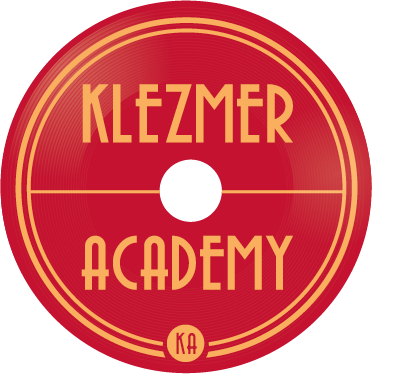Tonight’s record is a disc on the Favorite label. Favorite was a company started in Germany (specifically in Hanover-Linden) around 1904, and for a decade or so was one of the largest record manufacturers in Germany. In later years, Favorite matrices were released by both Odeon and Columbia.
One of the biggest challenges in working with the vast number of recordings in my collection, also a problem for those dealing with written archives of musical material, is that it often feels like a game of Concentration. I am forever hearing a recording and thinking I know I’ve heard that tune before, and then the task is to figure out where. Most of the time I’m successful, but as amount of material available has grown, the task has become harder and harder. The first side of today’s disc represents an epic fail on my part. I know the tune very well, but I have not been able to find the previous version with which I am familiar. If any of you know the name of the tune or where it has appeared apart from this recording, please put the information in the comments and accept my eternal gratitude.
The tune is entitled simply Pasha and is performed by a Russian orchestra recorded in Warsaw. The freylekhs is lively and performed with precision, with a prominent brass section and piccolo similar to the Grancowa ensemble. There are also both a cymbal and a woodblock featured at various points in the melody. One charming detail is that the tuba player has the ending all to himself. I love those moments of imprecision; they make the recordings come alive.
The second side of the disc is even more interesting. The title is Kum, Kum, Kum tzu Mir. When I heard it, it sounded familiar but not from a klezmer context. There was something about the opening phrase that had a theatrical feel to it. I Googled the title and discovered that it was the first line of a Goldfaden song, Kum tsu Mir Aheym, from his play, Di Kishefmakherin (The Sorceress). After considerable searching, I discovered on Russian-Records.com a Soviet recording of that song and confirmed that it was, in fact, the same tune. The Soviet disc, recorded in Moscow in 1939 by an orchestra under the direction of Lev Pulver, is a two-part scene entitled “Meeting the Sorceress” with “The Abduction of Mirele.” It is that second side that includes our tune.
What is fascinating in comparing these two versions is the transformation of a slow, ominous, very dramatic rendering into a lively freylekhs. In the first section of the tune, Bobe Yakhne, the Sorceress, sings the melody only once, while in the instrumental version the section is repeated, as is usual for klezmer tunes. In the second section, sung by Mirele, the melody is repeated, but the underlying harmony is rather unusual: Em - Bm - Em - B - Em. That use of the minor fifth chord emphasizes the lugubriousness of the scene. In the instrumental version, the melody is played over the tonic until the usual cadence at the very end. The dissonance in that harmonic choice helps propel the tune rhythmically and imparts a much more lively feel, even beyond the much faster tempo.
Tomorrow, stay tuned for Meir Stupel’s version of Pasha plus another familiar tune, both from a Zonophone recording.
Khag sameakh.
**Chanukah art from screen shots of the Menorah iPad app by RustyBrick, Inc.




